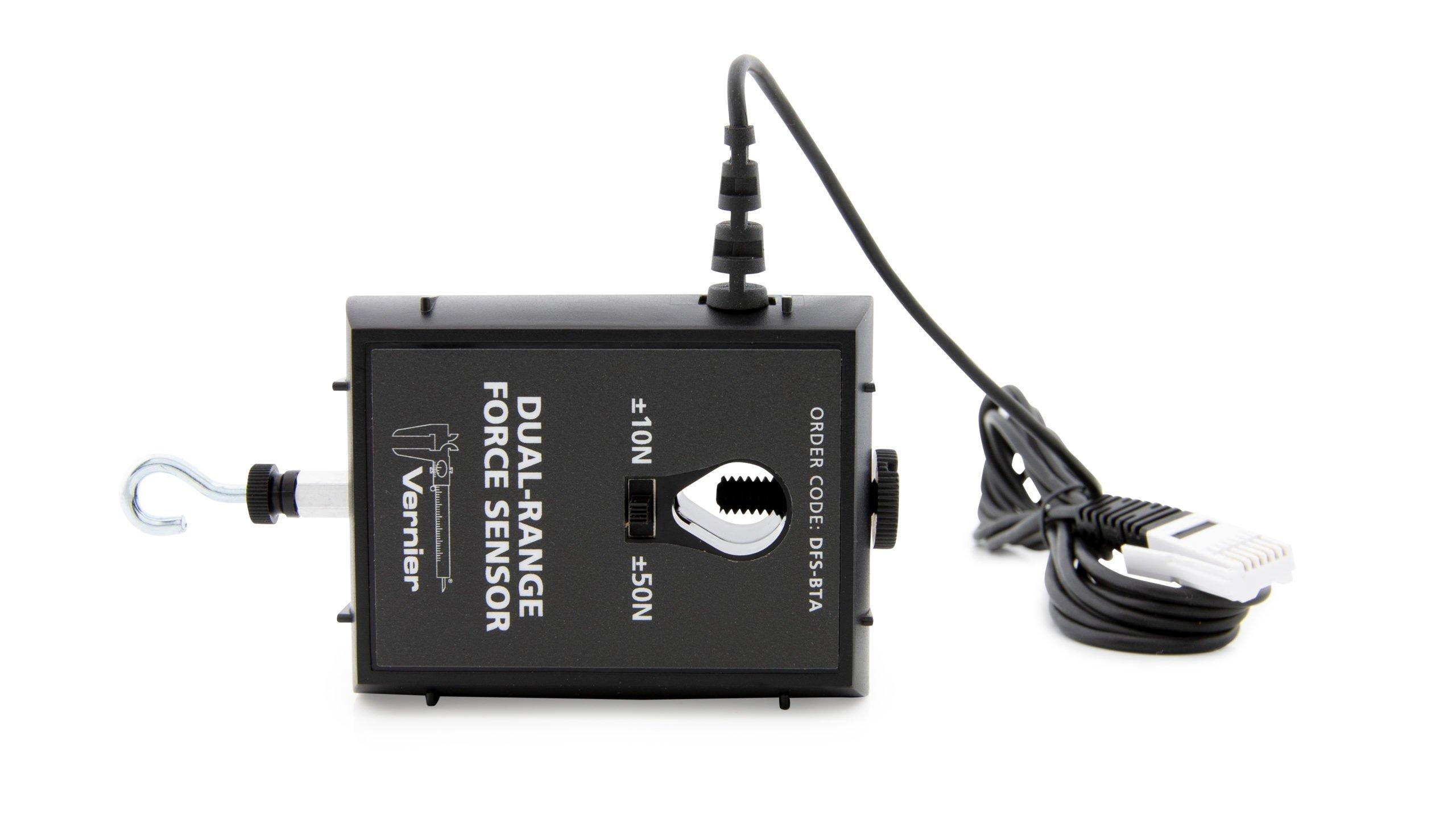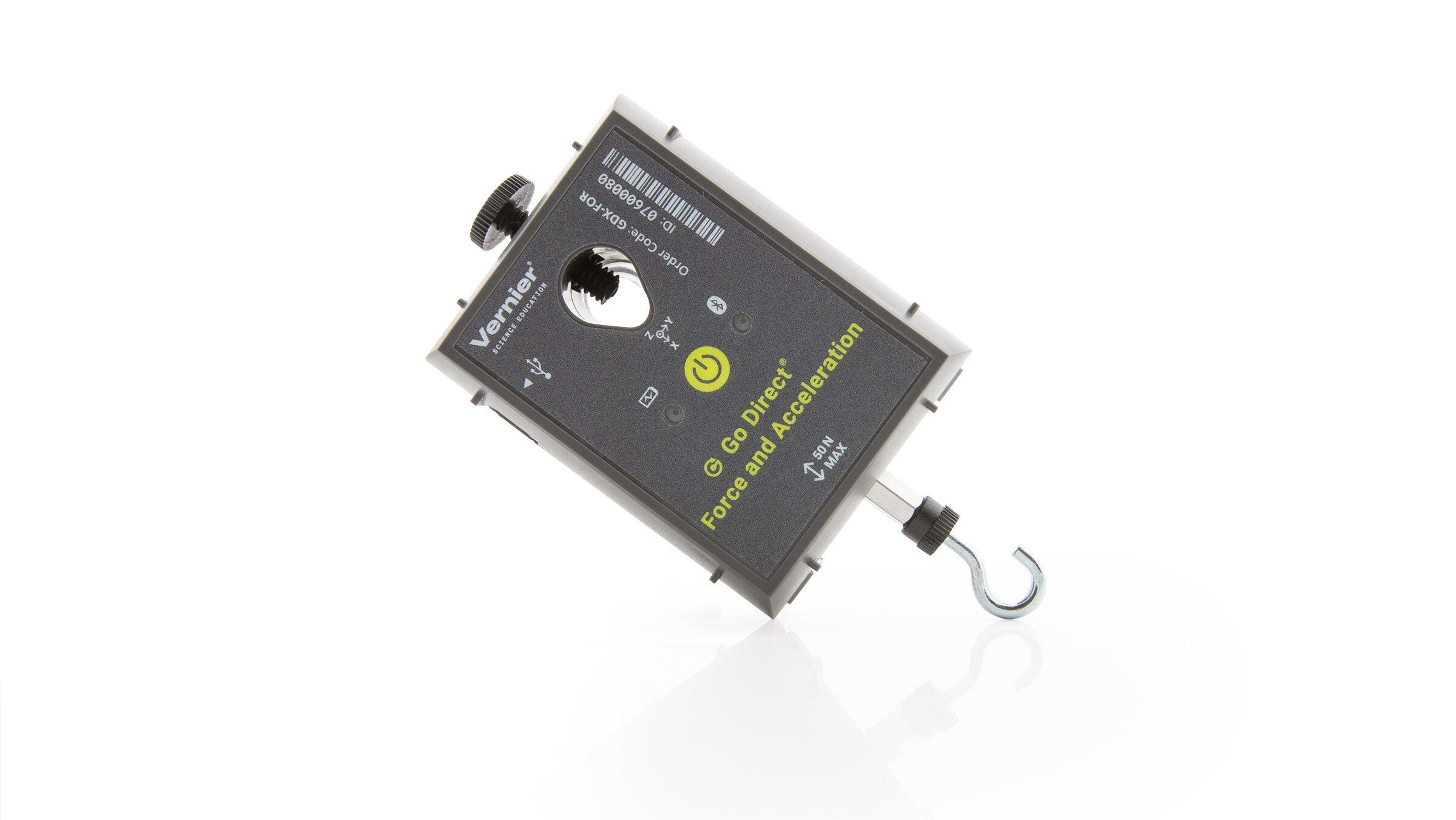
Introduction
A pulley is a simple machine having a rope that passes over a grooved wheel. A fixed pulley is attached to a solid support and changes the direction of force. Resistance force, the weight of an object being lifted, is attached to one end of a rope going over a fixed pulley. Effort force is exerted on the other end of the rope.
A movable pulley moves along the rope with the resistance force, and the direction of the force is not changed. A pulley system may have a single pulley or a combination of pulleys. Pulleys are used to make work easier.
Objectives
In this experiment, you will
- Use a Force Sensor to measure force.
- Calculate actual mechanical advantage and ideal mechanical advantage.
- Determine efficiency.
- Make conclusions about pulley systems.
Sensors and Equipment
This experiment features the following sensors and equipment. Additional equipment may be required.
Option 2

Option 3

Ready to Experiment?
Ask an Expert
Get answers to your questions about how to teach this experiment with our support team.
- Call toll-free: 888-837-6437
- Chat with Us
- Email support@vernier.com
Purchase the Lab Book
This experiment is #21 of Physical Science with Vernier. The experiment in the book includes student instructions as well as instructor information for set up, helpful hints, and sample graphs and data.


